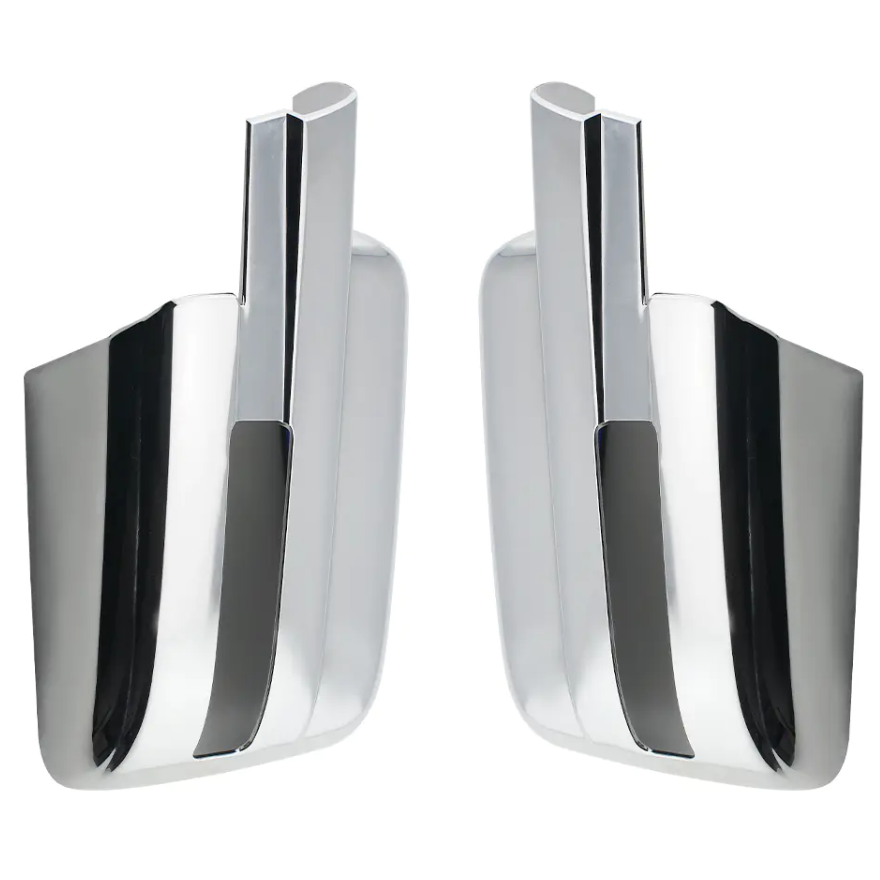From a manufacturer’s standpoint, producing car mirror covers requires a focus on quality materials, precise engineering, and adaptability to meet the needs of various vehicle models. Mirror covers not only protect side mirrors from damage but also contribute to the overall appearance of a vehicle. Our role as manufacturers is to ensure that these components meet functional demands while offering design flexibility.
Material selection plays a critical role in manufacturing durable car mirror covers. Commonly used materials include ABS plastic, polypropylene, and occasionally composite blends. These materials offer resistance to environmental factors such as UV rays, rain, and temperature fluctuations. They are chosen for their ability to withstand daily wear and maintain structural integrity over time.
In addition to durability, design compatibility is key. We collaborate with automotive designers and suppliers to develop mirror covers that fit precisely with the shape and size of different vehicle mirror assemblies. This close cooperation allows us to produce parts that integrate smoothly, avoiding gaps or misalignments that could affect performance or aesthetics.
Manufacturing techniques are another important consideration. Injection molding is widely used due to its capacity for producing consistent shapes with fine details. This method allows for high-volume production while maintaining uniformity. Furthermore, surface finishing options such as painting, chrome plating, or matte coatings can be applied based on client specifications to match various vehicle styles.
Adaptability is an advantage in our manufacturing process. With the variety of car models on the market, offering customized mirror covers for different shapes and designs is essential. Some manufacturers provide additional features like integrated turn signals or aerodynamic shapes to improve functionality and styling.
Quality control is an integral part of the production cycle. Each batch of mirror covers undergoes inspections to verify dimensions, surface finish, and fit. These checks help ensure that products meet the requirements of automotive assembly lines and provide consistent performance once installed.
Environmental considerations are increasingly relevant in our operations. Efforts to reduce material waste and optimize production efficiency contribute to more sustainable manufacturing practices. Some manufacturers are exploring recyclable materials or lower-impact processes to align with automotive industry goals related to environmental responsibility.
Customer collaboration plays a continuous role in refining production. Feedback from automotive partners helps identify areas for improvement and innovation, such as enhanced impact resistance or new finishes. This ongoing interaction supports the development of products that better meet market demands.
In summary, the manufacturing of car mirror covers involves a combination of selecting suitable materials, precision production methods, flexible design approaches, and a commitment to quality. These factors contribute to producing components that enhance both protection and visual appeal for vehicles, meeting the diverse needs of the automotive sector.
